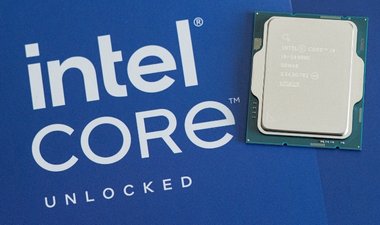Mobile AI Builds An Installed Base
Author: Joseph Byrne
The proverb “The marvel is not that the bear dances well but that the bear dances at all” applies equally well to smartphone AI. Qualcomm and MediaTek have shown their newest smartphone processors generating images in less than one second. To achieve this performance the companies took various shortcuts at the expense of image quality, but the marvel is that subsecond generative AI on a smartphone is possible at all.
Smartphones shouldn’t run wholesale image generation, but the ability to do so effectively demonstrates flagship processors’ AI-processing prowess that can be harnessed by other software. Image-processing tasks that otherwise would be offloaded to the cloud will be done locally, improving devices’ responsiveness. Text suggestions in messaging and email will become more relevant and substantive. New applications will emerge.
Mobile devices already employ AI for a variety of functions. Some run locally and others in the cloud. Time-sensitive tasks must be performed locally; resource-intensive ones must run remotely on servers with greater processing power and memory. Functions that fall in between can run in either location, with cloud-based execution being better when it speeds up processing more than it adds latency (typically one second).
This threshold depends on how much AI horsepower is available in the smartphone processor. Speech recognition once ran almost entirely in the cloud but now often runs locally. Photo-editing features like inpainting (erasing a part of a scene and replacing it with plausible data) run in the cloud, but the generative-AI demos suggest it could run locally on flagship phones. On-device hardware will handle more tasks as its performance and memory increases, and image generation is an engaging way to show off the most advanced devices’ capabilities.










